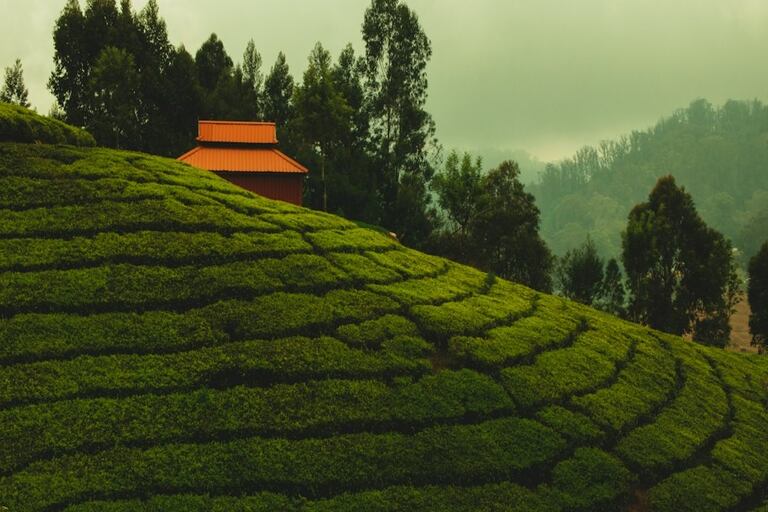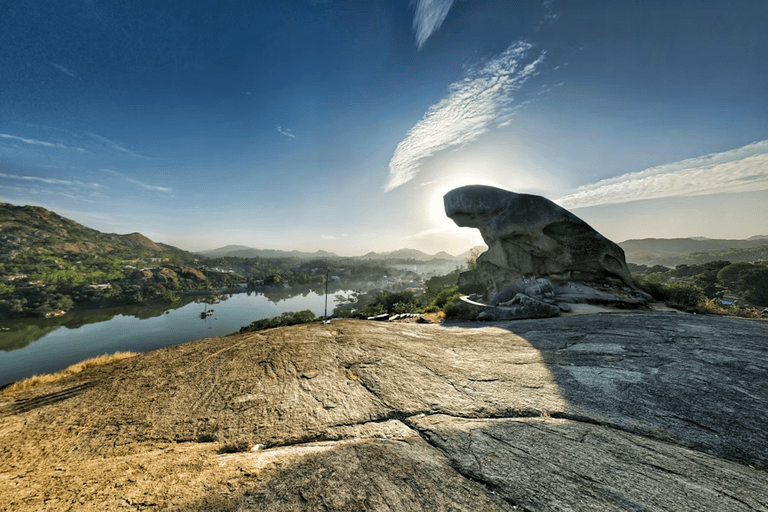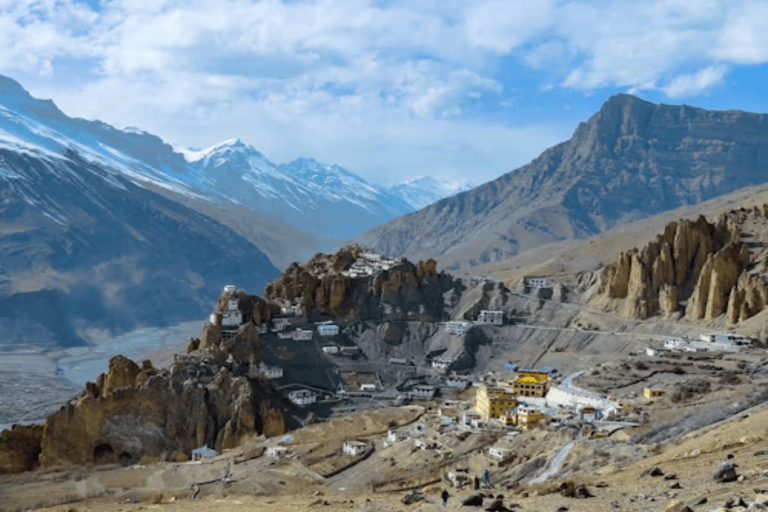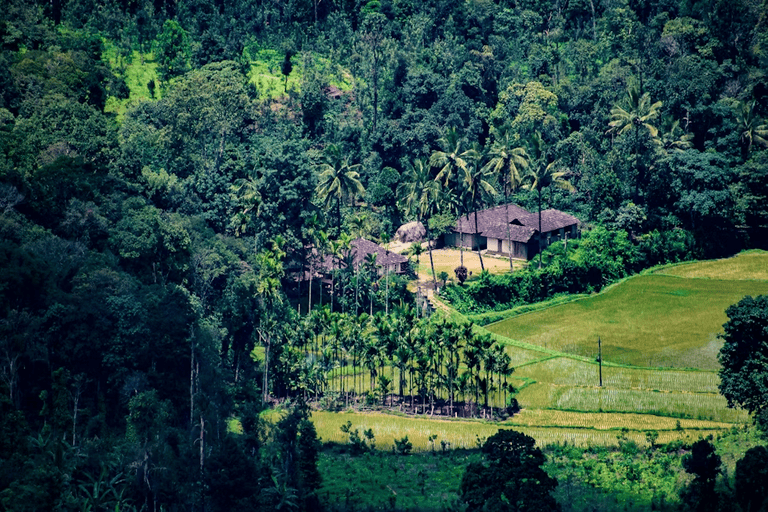
Mahashivratri 2025: Date, History, and Significance Across India
Table of contents
Mahashivratri is a religious festival celebrated widely in India and various parts of the world by millions of Hindu devotees. It is a major Hindu festival that is held annually in honour of Lord Shiva, one of the prominent deities in Hinduism. Mahashivratri is a major part of India’s incredible cultural and spiritual heritage and has been actively celebrated with remarkable traditions and rituals from time immemorial. This festival signifies something so beautiful and powerful that it brings people from different communities and backgrounds together to observe it. Mahashivratri 2025 in India is all set to be celebrated this year, and you can go through this page to find everything you need to know about it.
When is Mahashivratri 2025?

Mahshivrartari
Before heading on to the history and spiritual significance of Mahashivratri, let us find out when this festival is set to be celebrated this year. Shivaratri is celebrated on every lunar month’s fourteenth day or the day prior to the new moon. Among the 12 Shivaratris in a calendar year, Mahashivratri is the most important one, and it usually occurs between February and March. Mahashivratri 2025 is on Wednesday, 26th February.
Note: Here are some additional details about Mahashivratri 2025 timing;
| Chaturdashi Tithi Start Time | 11:08 AM on Feb 26, 2025 |
| Chaturdashi Tithi End Time | 08:54 AM on Feb 27, 2025 |
A look into the Mahashivratri history and origin
Lord Shiva is one of the principal deities in Hinduism, alongside Brahma and Vishnu (together called the Trimurti). If we look at the literal translation of the word “Mahashivratri” in Sanskrit, it means the “Big or Great Night of Shiva”. There are many legends and beliefs associated with the origin of Mahashivratri, and the most notable one suggests that it marks the auspicious night when the divine marriage of Lord Shiva and Devi Parvati took place. On the other hand, another legend in Shaivisim tradition suggests that Mahashivratri marks the night when the Lord performed the cosmic dance of creation, preservation and destruction, otherwise called Shiva Tandava.
While the exact date of when this festival was started is not known, written and cultural records suggest that it is many centuries old. The mentions of Mahashivratri can be found in several ancient Indian literature, such as the Puranas, specifically the Skanda Purana, Padma Purana and Linga Purana.
Significance of Mahashivratri
Mahashivratri is a religious festival marked by age-old traditions and ritualistic practices and is observed by millions of Hindus in India and around the globe. It is no wonder that Mahashivratri significance in Hinduism and India’s ancient and cultural history is a prominent one. It is an auspicious time for seeking divine blessings and guidance from the Lord, which devotees believe will help them overcome challenges, dispel ignorance and attain moksha in life. Also, in terms of spiritual significance, Mahashivratri is believed to be linked with the concept of self-realisation and transcendence. On the sacred day of Mahashivratri, Lord Shiva represents the peak spiritual state of consciousness and awakening. Followers believe that honouring the lord on this day and performing the various pujas and ritual practices will enable them to get a clear understanding of their own self and feel the eternal divine presence of the lord that lies within themselves.
The act of fasting, which is an important ritual associated with Mahashivratri, is seen as a physical discipline and a spiritual practice that intends to discipline one’s mind, develop self-control and provide clarity. It is believed to be a way to purify one’s heart, mind and soul from negativity and self-centred desires that obstruct their spiritual growth. Mahashivratri also signifies heavenly dissolution and regeneration, acting as a reminder of the material world’s impermanence and the soul’s eternal nature. The celebration of Mahashivratri dates back to time immemorial and has evolved through the ages. It unifies Hindus, irrespective of caste, creed and background, and fosters devotion by bringing everyone together with its celebrations. Hence, alongside spirituality, its cultural significance is also remarkable.
Places to visit in India during Mahashivratri 2025
While this festival is celebrated in various places across India, if you want to witness and be part of the key Mahashivratri 2025 celebrations, visit these locations;
Nilkanth Mahadev Temple, Uttarakhand

neelkanth-mahadev
Haridwar is a key site associated with Lord Shiva and Mahashivratri celebrations. The city hosts grand processions alongside Aarti, pujas, ritualistic practices and so on. The Nilkant Mahadev Temple in Haridwar attracts most disciples of Lord Shiva in the city.
Nageshwar Jyotirlinga, Gujarat

Nageshwar-Jyotirlinga-Thumbnail
Nageshwar Jyotirlinga near Dwarka is one of the holiest sites for Hindus, especially the followers of Lord Shiva. During Mahashivratri, it attracts thousands of devotees, and the whole place gets covered in a divine atmosphere filled with bhajans and religious chants. During your visit, you can witness the many special rituals, prayers and devotion performed here.
Bhavnath Taleti, Gujarat

bhavnath-mahadev-temple
Besides embracing the majestic view of the Gir National Park, you can attend the famous Shivratri Mela Bhavnath Taleti, Junagadh, which welcomes visitors from all across the country. It is a key site to experience the age-old rituals and sadhuvta associated with our culture. The fair starts five days prior and ends on the day of Mahashivratri.
Isha Yoga Centre, Tamil Nadu

adiyogi
Must Read : Celebrating Mahashivratri: Rituals, Fasting, and Importance of Mahashivaratri
The Adiyogi Shiva Statue in Coimbatore is an iconic 112-foot steel statue of Shiva. Mahashivratri is elaborately celebrated here with dance, meditation, music performances and other events to mark the occasion.
Bhootnath Temple, Himachal Pradesh

Bhootnath-Mandir-Mandi-Himachal-Pradesh
Located in Mandi, many devotees visit this revered temple on the occasion of Mahashivratri. The week-long Mahashivratri Fair in Mandi attracts not just Hindus in India but also several foreign tourists who want to experience India’s spiritual and cultural heritage.
Note: Magh Mela in Prayagraj is a must-visit if you want to be a part of the Mahashivratri celebrations and rituals. Alongside attending the mela, you can also take part in the Mahashivratri Sahi Snan, which will take place on 26th February 2025. Prayagraj is also hosting the Mahakumbh Mela 2025 from 13th January to 26th February.
Conclusion:
Mahashivratri signifies a lot of things, including the cosmic union of Lord Shiva and Parvati, spiritual growth, the triumph of light over darkness and cosmic dissolution and regeneration. It unites people with ritualistic practices of offering prayers, performing fasting, going on temple darshans, participating in cultural events and so on. It is the time of honouring the Lord and seeking his blessings, as well as helping the less fortunate with whatever support one can bear to give. As the Mahashivratri date 2025 comes close, may the heavenly blessings of the Lord be with you as you take part in its celebrations.
Table of contents
Trending blogs for you
 18002099100
18002099100




















